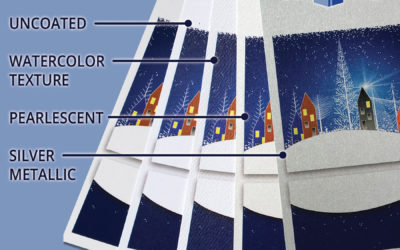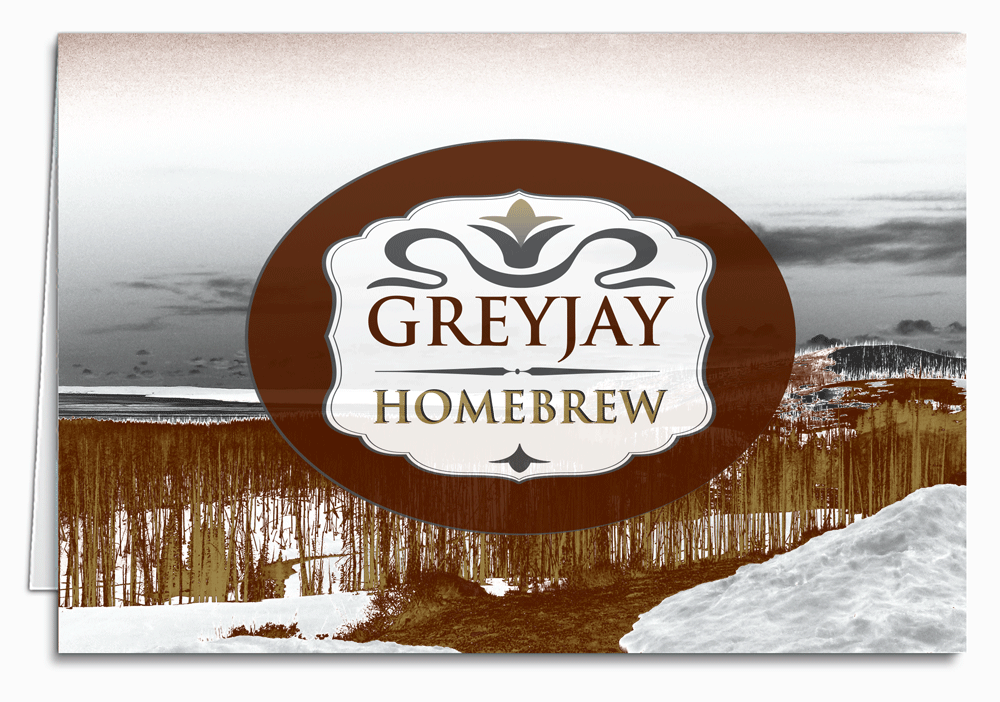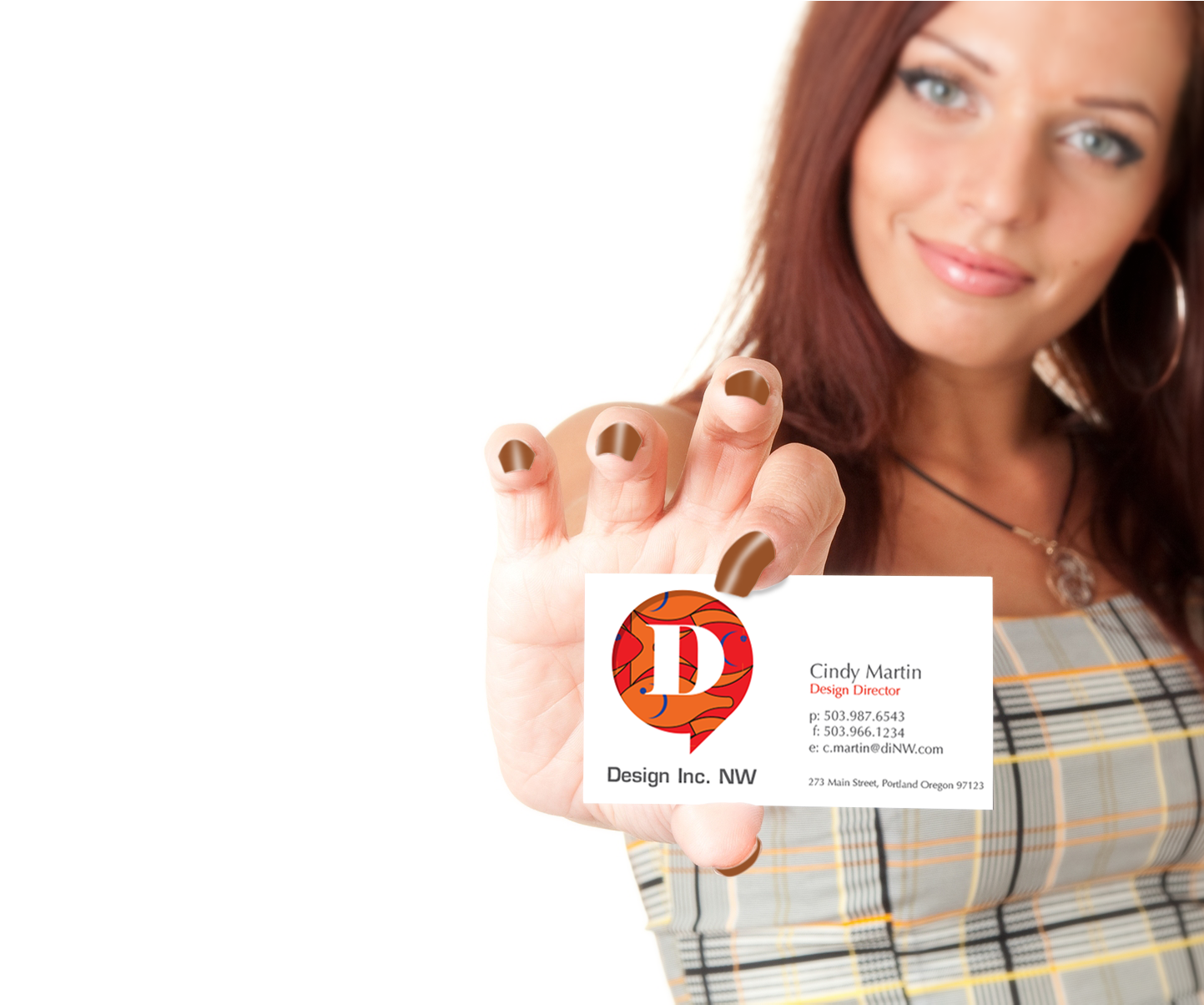Your Business will Make an Impression with Real Paper Holiday Cards I'm a designer by trade, but I've recently spent some time in the book publishing industry as well. When I found myself among these noble, literary traditionalists in 2011, the 'digital revolution'...
Design & Marketing Tips
Showcase Your Branding in Photography: Use a Gradient Map for a Duotone Effect
We get a lot of requests for colorization work on customers' images, so we like to keep tabs on photography techniques both old and new. Way back in 2015 we blogged about converting images to black and white, and how to use a gradient map to achieve a rich effect. For...
Meaningful Marketing
Let's Make Personal Business Connections Again Making that sincere connection is always important. We nurture it in our private lives enough to include it in our business activities, though it's not always clear how it should manifest in the latter. Getting it right...
Small Business Marketing – The Essential UTM Creator
If your responsibilities as a marketer include managing your company's email or newsletter, then you know how important it is to also track the results from those campaigns using UTMs* - and a handy UTM creator will make your life easier. You may have links to several...
There’s Nothing Worse Than Bad Business Cards.
There are many things you can learn about a company by their business cards; identity, clarity and corporate image to name a few. Nothing says you mean business more than an awesome business card. Cards that really work are the ones which need no introduction. The...
Design Tip: Converting to Black and White in Photoshop
I love discovering new design tools and techniques. And sometimes, when I do, I like to share them. For a while, I thought there were only two or three ways to convert to black and white, and that one of those ways was pretty much, everyone agreed, totally lame. Turns...
Design Tip: Avoiding Glare on Eyeglasses in Group Photos
We often print staff photos in our customized business holiday cards, and it's not uncommon to end up with glare on the lenses of subjects' eyewear. It may not seem like a big deal, but at the very least, it can make a great picture not so great, and at worst can make...
4 Client Communication Tools That Work
The Professional Services Management Journal, PSMJ, can be a great resource for professional firms and their marketers. In particular, of course, we appreciated their mention of the value of the “two-minute” touch (including a hand written note to your clients). In a...



